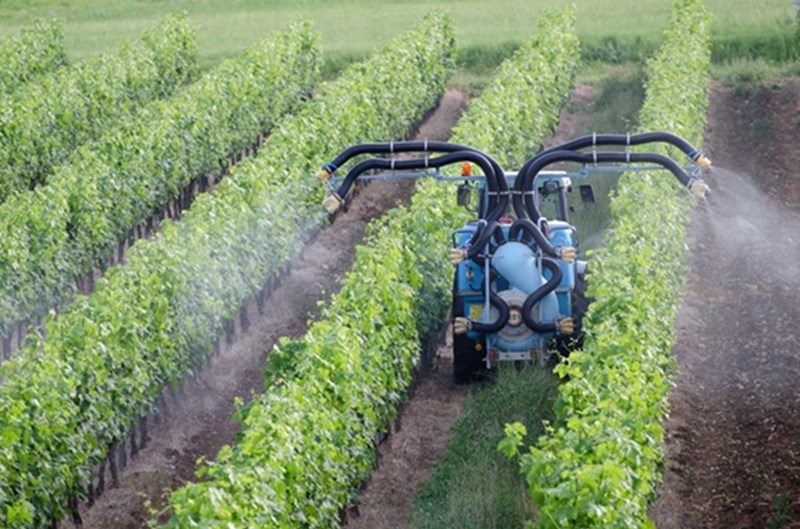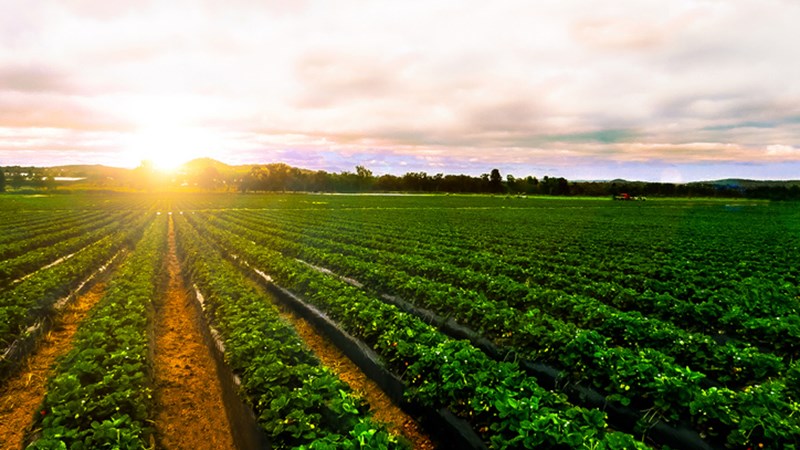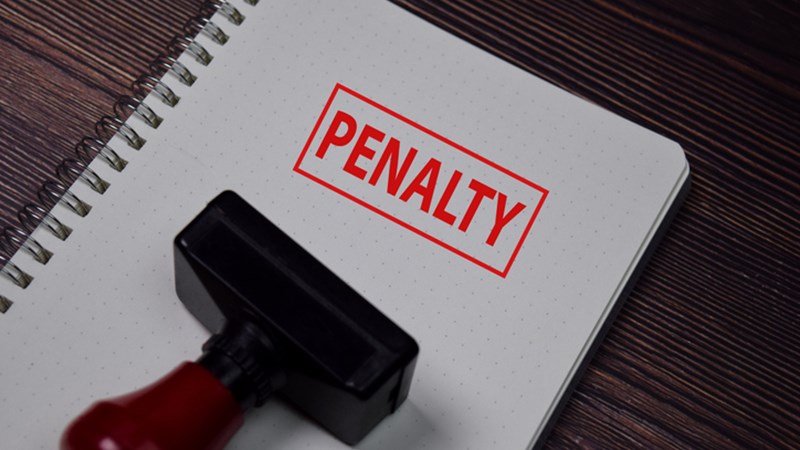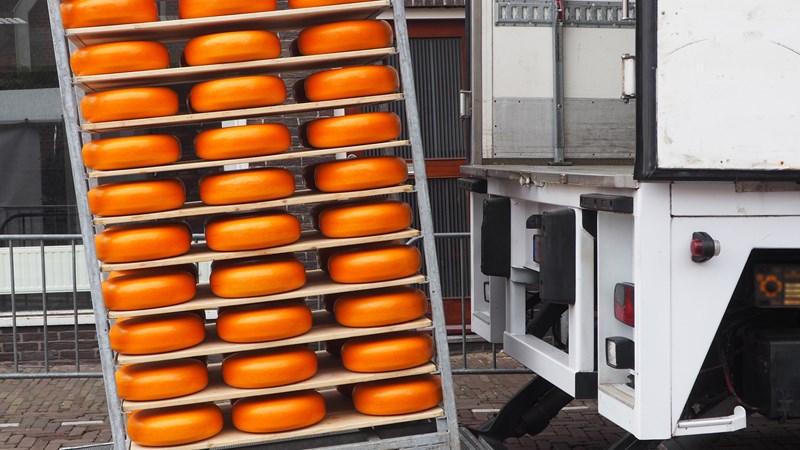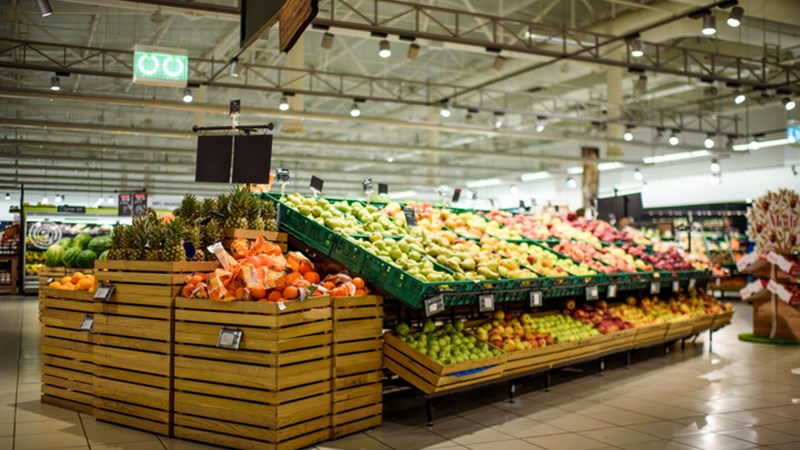Policy on notifying unsafe foodstuffs to the Dutch Food Authority: simplified or broadened?
March 2024
In January 2024, the Dutch Food and Consumer Product Safety Authority's (NVWA) so-called 'unsafe food notification policy’(Meldwijzer) was amended, with major implications for the daily practice of food companies. Instead of the well-known flow chart (the old notification policy), the new notification policy consists only of a general instruction on the NVWA website and some documents regarding two specific situations.[1] The simplified notification policy should help companies to understand their duty to notify unsafe foodstuffs.[2] However, this 'simplification' raises quite some questions in the market. For instance, the NVWA indicates that it believes a non-compliant batch in transit should also be notified. Even in case of doubt. So the updated notification policy does not appear to be merely simplified, but actually seems to have been changed and, moreover, to go further than European law allows at points.
We understand that there is discussion in the market and that Dutch companies and organisations are requesting the NVWA to clarify their views. We heard that the NVWA has indicated during a recent meeting that it 'only' intended a simplification, and thus no policy change. However, according to our reading of the updated notification policy, it still contains certain explicit changes in wording, which will de factor lead to more (in our view unnecessary) notifications to the NVWA. In this contribution we discuss some nuances we see regarding the updated notification policy.
Duty to notify arises from the General Food Regulation, not from NVWA policy
It is worth bearing in mind that the duty to notify arises from legislation (in particular, the General Food Regulation), and not from the formal or informal policy of the NVWA. In particular, the duty to notify arises from Regulation (EC) No 178/2002, better known as the General Food Regulation. Article 19 is particularly relevant.
Article 19(1) of the regulation states the following:
“If a food business operator considers or has reason to believe that a food which it has imported, produced, processed, manufactured or distributed is not in compliance with the food safety requirements, it shall immediately initiate procedures to withdraw the food in question from the market where the food has left the immediate control of that initial food business operator and inform the competent authorities thereof. Where the product may have reached the consumer, the operator shall effectively and accurately inform the consumers of the reason for its withdrawal, and if necessary, recall from consumers products already supplied to them when other measures are not sufficient to achieve a high level of health protection.”
Paragraph 3 is also relevant:
“A food business operator shall immediately inform the competent authorities if it considers or has reason to believe that a food which it has placed on the market may be injurious to human health. Operators shall inform the competent authorities of the action taken to prevent risks to the final consumer and shall not prevent or discourage any person from cooperating, in accordance with national law and legal practice, with the competent authorities, where this may prevent, reduce or eliminate a risk arising from a food.”
Article 19 of the General Food Regulation is an important article for food businesses, as it contains the obligation to take measures, such as withdrawing unsafe food or potentially harmful food from the market (so-called silent recall).[3] In some cases, it even leads to the recall of unsafe food. The term 'unsafe' is defined according to the criteria of Article 14 of the General Food Regulation, and this legal definition often goes beyond common speech.[4]
In summary, the third paragraph of Article 19 contains the strictest regime: a harmful or potentially harmful product placed on the market must be notified immediately. But keep in mind that the term 'placing on the market' is broader than ordinary language would suggest. The definition reads:
"'Placing on the market' means the holding of food or feed for the purpose of sale, including offering for sale offering, or any other form of transfer, whether free of charge or not, as well as the actual sale, distribution and other forms of transfer itself;"
The first paragraph of Article 19 however, deals with the situation of a product that does not meet the safety requirements (a non-compliant product) and contains a little bit of a less strict regime. A non-compliant product does not have to be notified until it has left the direct control of the company. But also only at the point when the operator believes, or has reason to believe, that a product is non-compliant. Indeed, the word 'possible' from the third paragraph does not appear in the first paragraph.
Unsafe foodstuffs notification policy: simplification or policy change?
According to the NVWA's new notification policy, food business operators must, in short, always notify unsafe or potentially unsafe food. Even in cases of doubt. A different regime only applies to two specific cases, namely: in case of a 'Maximum Residue Limit' (MRL) exceedance of pesticides in food and in case of an MRL exceedance of authorised veterinary medicines.
The text on the website reads:
"Entrepreneurs must always notify (potentially) unsafe food to the NVWA within 4 hours. This applies to food you have imported, processed, produced, delivered, transported, sold or stored. Did you not notify us? Then you are in violation. You can notify 24 hours a day, 7 days a week.
Please note that the instruction on this page replaces the notification policy. The notification obligation also applies to non-compliant consignments that have been physically imported on the order of a Dutch company and are on European territory, whether or not in a bonded warehouse for further trading to EU or non-EU countries."
At first glance, this appears to be a much broader interpretation of the duty to notify than the General Food Regulation implies and also differs from the old notification policy. Meanwhile, we also understand that, in response to specific questions from industry associations, consultants and companies, the NWWA replied that the new notification policy 'does not envisage a policy change', and even that the system of 'positive release testing' would also still be allowed. Positive release testing refers to analysing the product before release. The product may be released after successful analysis on one or more food safety aspects of the product (positive release testing), and product that have not passed the positive release testing procedure of a company were not seen as placed on the market. But all of this does not follow from the text on the website itself.
And now?
With the NVWA indicating that only a simplification and not a policy change is intended, in our view it can be argued that situations that clearly did not lead to a duty to notify under the old notification policy should not lead to a duty notify now either. However, the question is why it was then necessary to drop the old – more elaborate – notification policy.
But one way or the other, when in doubt, we stress that the text of the legislation should be the deciding factor and not a block of text on the website of the competent authority. We therefore hope that the NVWA will reconsider the text on its website to inform food business operators of the following nuances:
- The difference between an established unsafe food and a potentially harmful food.
- The potential of positive release testing.
- The policy regarding in-transit shipments.
The text on the NVWA website for these topics seems to be contrary with the old notification policy and the way the NVWA applie(s)(d) these topics in practice. One could even say that this simplified notification policy goes against the text of the General Food Regulation. In our opinion, a good nuanced explanation would help the food business operators more: after all, it prevents unnecessary reports and unnecessary procedures about the interpretation of the law.
* * *
[1] See https://www.nvwa.nl/onderwerpen/melden-onveilige-levensmiddelen.
[2] Unsafe food reporting guide simplified | News release | NVWA.
[3] Article 20 of the General Food Regulation is the equivalent for feed businesses.
[4] Article 15 of the General Food Law sets out the safety requirements for animal feed.
